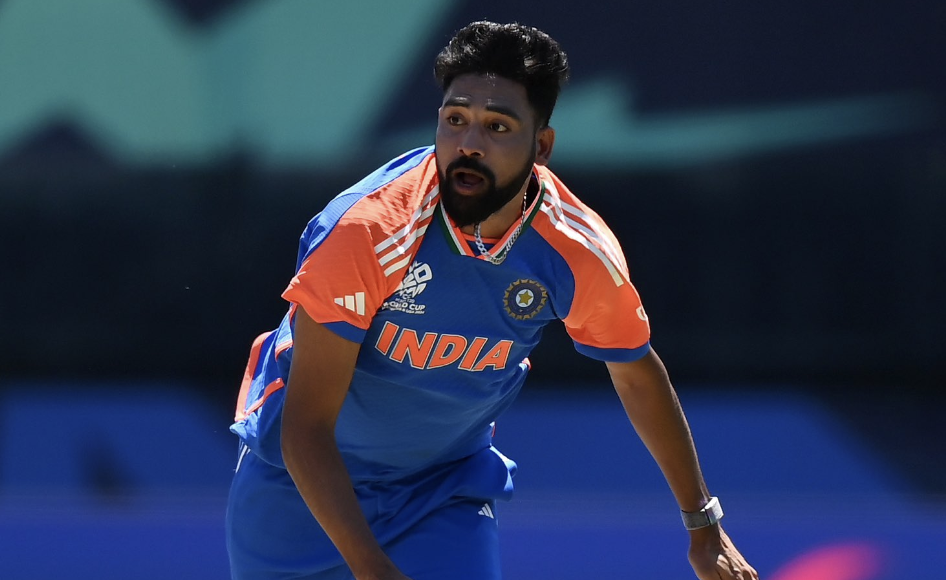
Shamik Chakrabarty in Pallekele
The first ball that Mohammed Siraj bowled in the second T20I against Sri Lanka at Pallekele was a wide down the leg side. His next ball was short and wide, and went for a four. He conceded 10 runs in his first over. His third over was more expensive — 14 runs — with Kusal Perera taking a six and a four off the fast bowler. After three overs, his figures read, 0/27.
Jasprit Bumrah has been rested for this series. Mohammed Shami is still recovering from an Achilles tendon surgery. Also, it’s not known how much white-ball cricket the 33-year-old would play going ahead, even after coming back to the fold. In their absence, Siraj is the leader of India’s pace bowling pack here. He is yet to assume the role.
In the first match on Saturday, Sri Lanka had seriously threatened to chase down India’s total of 213/7. They raced to 140/1 after 14 overs in their reply before losing the plot. Shorn of quality batting depth, they failed to recover from a double-wicket Axar Patel over. A better team probably would have won the game.
Conditions here haven’t been assisting the seamers all right, but after seven years of international cricket, Siraj is expected to use his experience more. His first-spell economy rate, with the new ball, was touching nine yesterday. Today it was nine. Arshdeep Singh is still a relative newcomer at this level, having made his international debut just two years ago. But he has superseded Siraj in the white-ball pecking order. At the T20 World Cup, as the tournament moved to the Caribbean and India decided to play with just two specialist fast bowlers, Siraj was dropped to incorporate an extra spinner (Kuldeep Yadav). He became surplus to requirements.
Siraj is an excellent Test bowler. His record — 74 wickets from 27 matches at an average of 29.68 — attests that. In ODIs, he has 68 scalps in 41 games at an economy rate of 5.09 —pretty decent. But the Hyderabad quick has sort of failed to crack the T20I code — 14 wickets in as many matches at an economy rate of 7.96.
Siraj is an aggressive bowler who usually bowls a Test match line and length even in shorter formats. And aggressive bowlers without variations get muscled more in T20 cricket. Siraj doesn’t have a searing yorker. Nor does he have a deceptive slower delivery. He is not someone who can be trusted in the death overs. So, unless he is getting wickets upfront, he could become a problem for his captain.
No one expects Siraj, or any other bowler for that matter, to match Bumrah’s skill-set. The latter is a once-in-a-generation bowler and he is at the peak of his powers at the moment. But Bumrah is not getting any younger and given that he is arguably Indian cricket’s most treasured asset, the great fast bowler is expected to be used only for marquee white-ball series and tournaments in the future. Indian cricket needs to wrap him up in cotton wool.
Siraj, now that he is one of the senior players, needs to step up. Maybe, he needs a bit more variation to take his white-ball bowling to the next level. Otherwise, the selectors and the team management will have to search for a better option.



